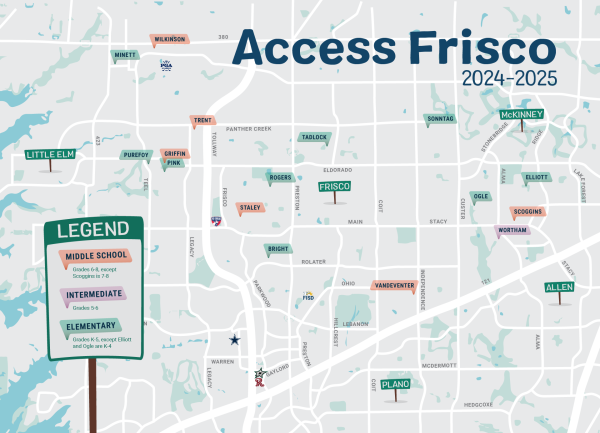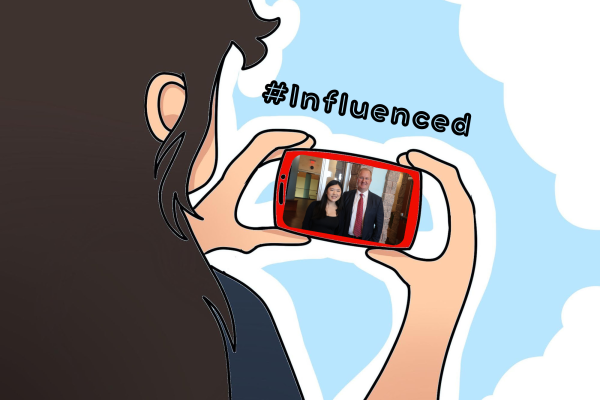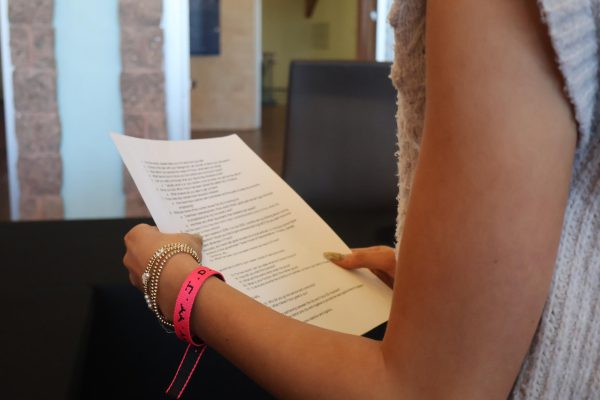Anxiety in teens: A Wingspan special report
Whether it’s at school or at home or someplace else, we’ve all freaked out about something temporarily.
Yet, for a lot of people, it’s not so easing to shake off this sense of panic as they suffer from a mental illness that’s more common than you may think.
It’s the most common mental illness in the United States with approximately 25 percent of all teenagers suffering symptoms of anxiety.
For sophomore Rachel Van Meter, it’s a daily struggle that makes her question every detail of her life.
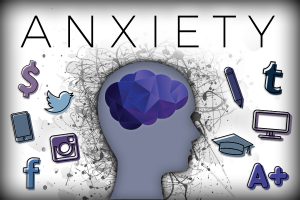
“Anxiety is constant doubt and worry and questioning yourself,” Van Meter said. “A lot of times it’s fear of what others think and it’s not of my image, it’s what I do in everyday life and I’m scared of how it will affect other people. Yanno their response to my actions even though I don’t need to worry about what other people think about what I do. Really what is, it’s an overreaction to a lot of events. And sometimes you have to just calm yourself down and keep telling yourself over and over again ‘this is not as big of a deal as I’m making it out to be.’”
And while that may be true, anxiety is extremely underdiagnosed in children and teens.This can be because many people experiencing anxiety internalize their fears in social situations and find difficulty in talking to people around them or professionals.
“Somewhere like maybe 80 percent of people, of kids, that have an anxiety disorder, are not diagnosed,” OCD and anxiety specialist Dr. Kim Rockwell-Evans said. “So in young people, they’re a lot of times suffering, especially if they’re internalizing it, people aren’t noticing. So it has a great effect of developing into a confident person.”
This is partly because a common sign of people with an anxiety disorder is a pattern of avoidance.
“So a lot of people are going to live a very isolated sort of life,” Rockwell-Evans said. “And if a child growing up does this then they’re not learning the typical developmental things you would be learning about how to cope with life and relationships, friendships, things like that.”
For teenagers, there can be a multitude of stressors that can contribute to the development of anxiety disorders. From the constant pressure that some students experience with the large workload in AP courses, to achieving the ideal GPA and rank.
“I think the pressure in school can definitely have an impact on a student’s anxiety level,” school counselor Staci Stokes said. “Especially if you’re at a very competitive school, anywhere in Frisco ISD, Liberty High School, there is that level of competition and pressure both at home, students place it on themselves, but that pressure to succeed. And so when you have that pressure and that stress and your plate is just full with tons of AP classes and teams and extracurriculars can definitely increase your anxiety level because you might be worrying about all these things you have to take care of and your future at the same time. ”
In addition to school life and technology, social media can also be a key factor in teen anxiety.
“I don’t think it’s really trying to compare yourself to other figures in social media, and school but it’s definitely, trying to, not necessarily impress other people but to make sure you’re not hated or disliked by other people,” Van Meter said. “But your anxiety is causing you to feel like you’re being disliked.”
While school can play a role, many biological factors are credited with the development of an anxiety disorder.
“There is still a lot of work being done, on genetics, but we do have an idea that you’re going to be more likely to get an anxiety disorder if you have a relative, a biological relative, that has an anxiety disorder,” Rockwell-Evans said. “You’re more likely to get an anxiety disorder if a parent has any kind of mental disorder,”
Although there isn’t a cure for any mental illness, there are plenty of ways to cope and help an anxiety disorder.
A popular form of treatment is Cognitive Behavioral Therapy or CBT. CBT is a broad category for a variety of therapies that take a closer look at a patient’s thoughts, feelings, and triggers.
“What that does is it interrupts that whole thought process that makes a person think that the only way they can avoid anxiety or deal with anxiety is through avoidance, or rituals, or trying to figure out a way to be safe,” Rockwell-Evans said.
There are many more therapies within CBT but also a variety of treatments outside cognitive therapy. But an important key to dealing with anxiety, can be as simple as taking a walk.
“So exercise is another important thing to add on to say Cognitive Behavior Therapy and medication therapy, if that’s necessary,” Rockwell-Evans said. “So even just walking for ten minutes can help. They’re definitely finding that doing good conditioning exercise several times a week where you’re getting you’re heart rate up in a conditioning zone, can be very helpful.”
Many people are scared of getting help and further suppress their feelings.
These behaviors can only worsen their anxiety.
“Anxiety disorders don’t tend to get better by ignoring them,” Rockwell-Evans said. “They tend to get worse in time.”
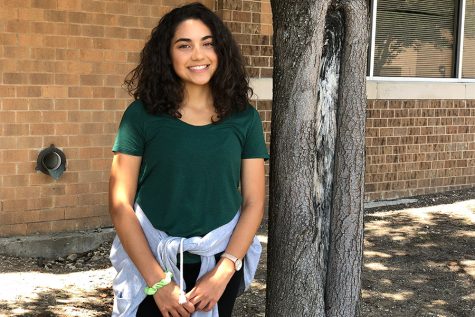
Senior, Isabella Santiago, has reluctantly rejoined Wingspan for the third year. The entirety of her time is dedicated to wingspan, band, and rewatching...
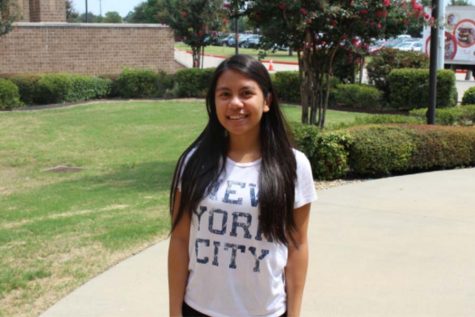
Juleanna Culilap is a junior and this is her first year as a member of Wingspan. She serves as WTV's graphic artist. Other than Wingspan, Juleanna is involved...










